Central America
Guatemala state of siege extended for feuding communities
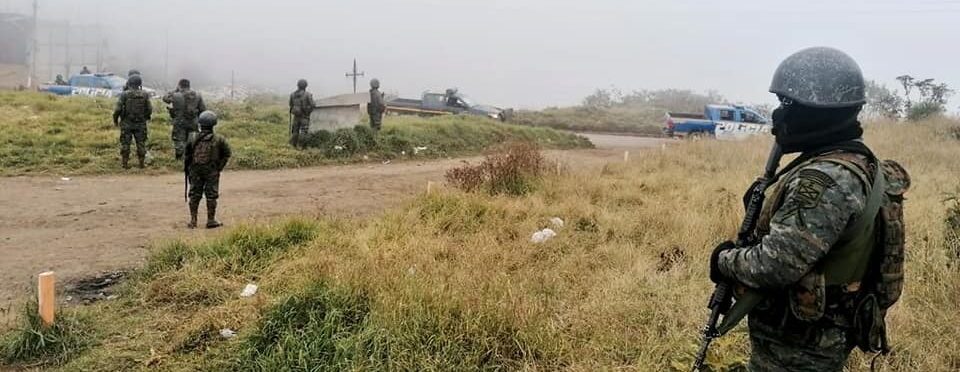
AFP
Guatemala on Wednesday extended by a month a state of siege in two indigenous communities locked in a century-old land dispute that boiled over last month into a massacre of 13 people.
The state of siege, imposed a month ago, restricts certain constitutional rights, such as the bearing of arms and right to protest.
The government said the lingering causes that provoked the state of siege and “the presence of armed groups” meant an extension was needed, according to a decree published in the official gazette, Diario de Centro America.
It said the extension in the neighboring western municipalities of Nahuala and Santa Catarina Ixtahuacan was necessary to “maintain constitutional order, the security of the State and to recover the governability of the territory.”
The state of siege must still be ratified by Congress, which is controlled by the governing party and its allies.
Last month, armed men with high caliber weapons ambushed a group of people from Santa Catarina Ixtahuacan who went to the village of Chiquix in Nahuala to pick corn, killing 13 people, including three children and a police officer.
The bodies of the three children, aged between five and 14, were chopped up into pieces and the victims were burned inside the truck they were traveling in.
Three people have been detained over the massacre.
Both warring communities are members of the Mayan K’iche tribe and have been fighting over land — at times violently — for more than 100 years.
The Santa Catarina Ixtahuacan community claims those in Nahuala have stolen some of their land.
On January 7, a 6,500-strong contingent of police, soldiers and prosecutors came under fire when conducting searches and arrests in the Nahuala community as part of investigations into the massacre.
One police officer was killed and 19 injured.
Two days later, President Alejandro Giammattei offered a reward worth around $6,250 for information leading to the arrest of four indigenous people accused of taking part in both incidents.
On Tuesday, Giammattei took part in a new meeting with leaders of the two communities to try to find an agreement over the border between them.
Indigenous people, many living in poverty, make up more than 40 percent of Guatemala’s population of almost 17 million people, according to official statistics.
Central America
Nicaragua’s Ortega and Murillo Mourn Pope Francis, Acknowledge ‘Difficult’ Relationship
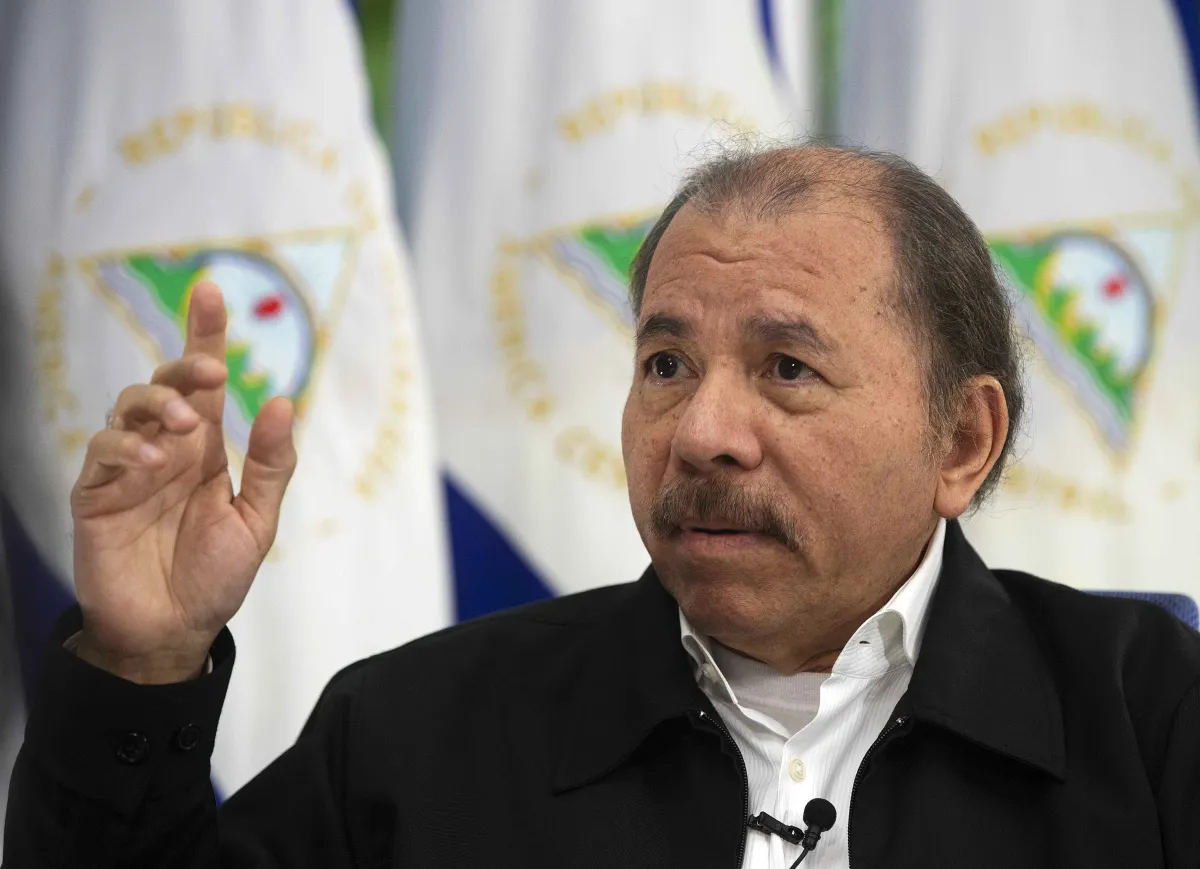
Nicaraguan President Daniel Ortega and Vice President Rosario Murillo, who also serve as co-leaders of the country, expressed their condolences on Monday following the death of Pope Francis, acknowledging that their relationship with the late pontiff had been “difficult” and “troubled.” Nicaragua officially suspended diplomatic ties with the Vatican during his papacy.
“Our relationship, as Nicaraguans who are believers, devoted and faithful to the doctrine of Christ Jesus, was difficult and troubled—unfortunately shaped by adverse and painful circumstances that were not always understood,” Ortega and Murillo wrote in a message of condolence.
“Despite the complexity and hardships, despite the manipulation we all know occurred, despite everything, we kept our hope alive through Christian faith,” they continued. “We understood the distance, and above all, the complicated and strained communication that prevented better relations. We also recognized the confusion caused by strident voices that disrupted any attempt at genuine interaction.”
Pope Francis had previously compared the Ortega regime to communist dictatorships and even to Hitler, a remark that further strained relations between Managua and the Holy See.
Central America
Cardinal Rodríguez to Attend Funeral of Pope Francis: “He Was Very Dear to Me”
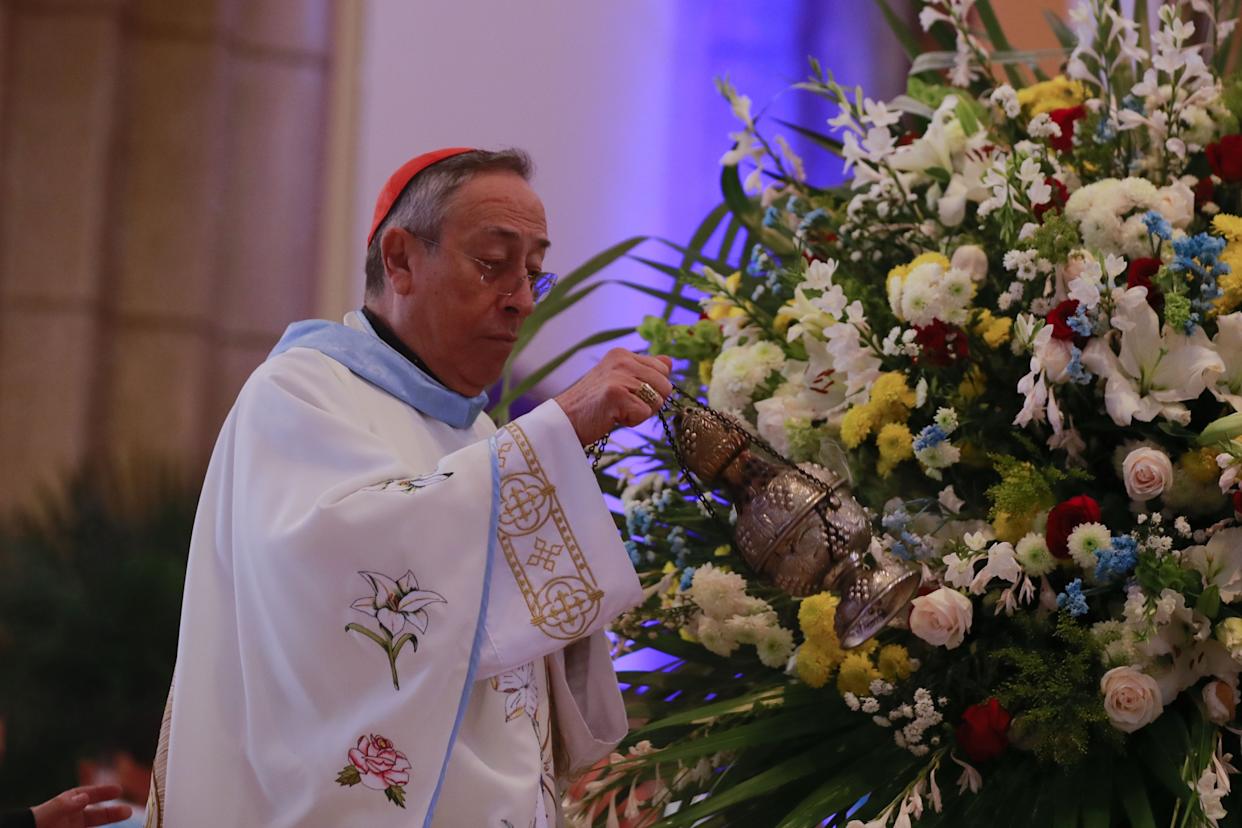
Honduran Cardinal Óscar Andrés Rodríguez announced on Monday that he will attend the funeral services of Pope Francis, who passed away at the age of 88 at his residence in Casa Santa Marta due to a stroke.
“We will be there throughout the novena and then, God willing, at the burial,” Rodríguez said in a phone interview with HRN Radio in Tegucigalpa, apparently calling from Spain.
He added that the last time he saw Pope Francis was in October 2024, during and at the end of that year’s synod, and that they remained in contact through email. “Sometimes, the Pope would even call me,” said Rodríguez, who was born on December 29, 1942, and was made a cardinal by Pope John Paul II on February 21, 2001.
Rodríguez expressed deep sorrow over the passing of Pope Francis, saying: “He was a very dear person to me.”
However, he also shared a message of hope, pointing out that the Holy Father passed away during Easter: “This is a sign. He gave his life completely like the Lord Jesus, and though he died, we believe in faith that he has risen, now with Christ in eternal life.”
Rodríguez, who for ten years coordinated the Vatican’s Council of Cardinals, was one of the eight cardinals selected by Pope Francis to help govern the Catholic Church and reform the Roman Curia.
In January 2023, upon turning 80, Rodríguez stepped down as Archbishop of Tegucigalpa, and Pope Francis appointed Spanish priest José Vicente Nácher Tatay as his successor.
Central America
Senator Van Hollen Meets with Deported MS-13 Member in El Salvador; Trump and Bukele React
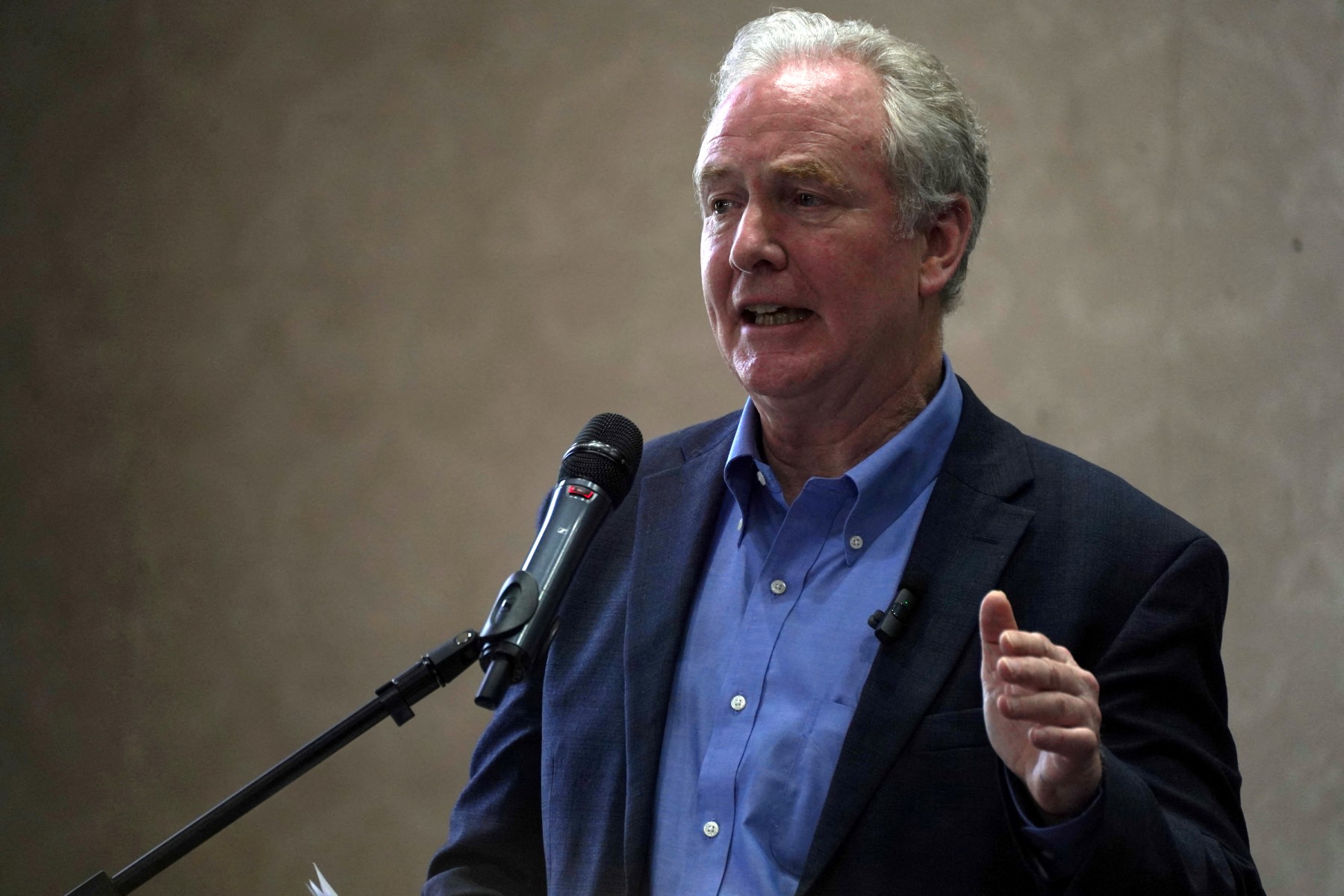
U.S. Democratic Senator Chris Van Hollen, representing the state of Maryland, held a meeting in El Salvador with deported MS-13 gang member Kilmar Ábrego García, a member of the criminal group classified by the U.S. government as a terrorist organization.
“Kilmar Ábrego García, miraculously resurrected from the ‘extermination camps’ and ‘torture chambers,’ now sipping margaritas with Senator Van Hollen in the tropical paradise of El Salvador!” wrote President Nayib Bukeleon X (formerly Twitter), sharing photos of Van Hollen, Ábrego García, and a lawyer sitting together at a Salvadoran hotel.
The deported gang member is seen wearing a plaid shirt and a flat-brimmed cap, seated at a table with glasses and coffee cups. The senator also shared images of the meeting on his own social media accounts.
Bukele reaffirmed that Ábrego will remain in El Salvador and will not be returned to the United States.
“Now that his health has been confirmed, he has earned the honor of remaining under the custody of El Salvador,” Bukele added.
Former U.S. President Donald Trump criticized the senator’s meeting with Ábrego on Truth Social, calling Van Hollen “a fool” for advocating for Ábrego’s return to the U.S.
-
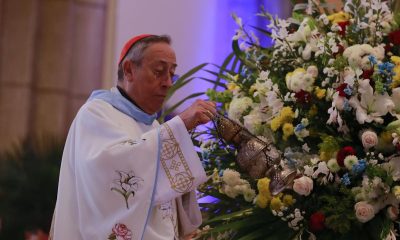
 Central America4 days ago
Central America4 days agoCardinal Rodríguez to Attend Funeral of Pope Francis: “He Was Very Dear to Me”
-
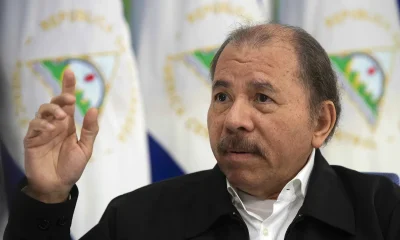
 Central America4 days ago
Central America4 days agoNicaragua’s Ortega and Murillo Mourn Pope Francis, Acknowledge ‘Difficult’ Relationship
-

 International4 days ago
International4 days agoDHS Secretary Kristi Noem’s Purse Stolen in D.C. Restaurant Heist
-
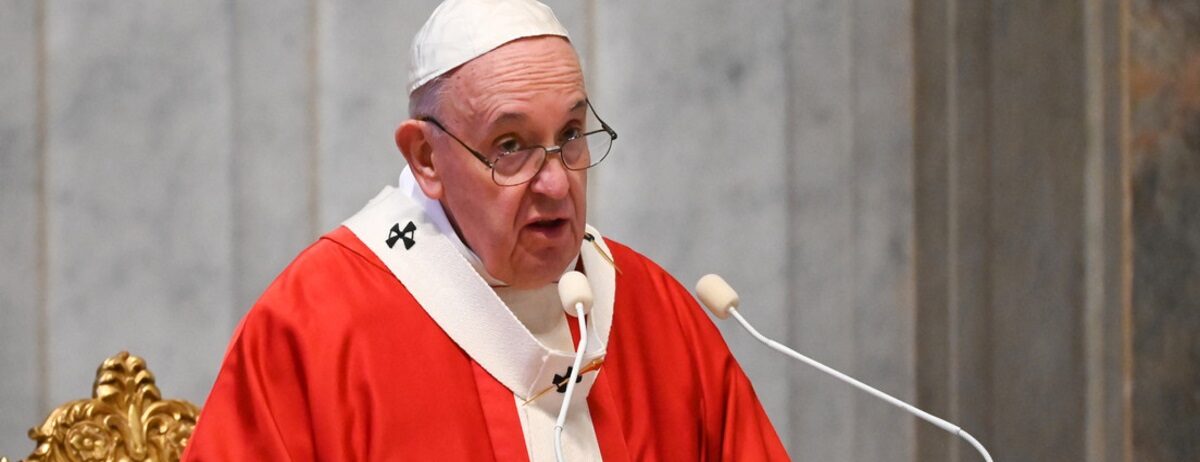
 International4 days ago
International4 days agoDominican Republic Declares Three Days of Mourning for Pope Francis
-
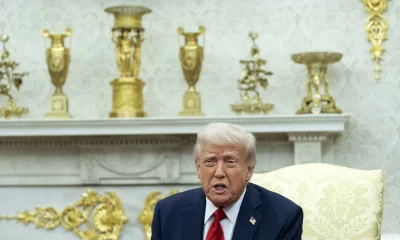
 International4 days ago
International4 days agoPope Francis and Trump, a relationship of disagreements marked by migration
-
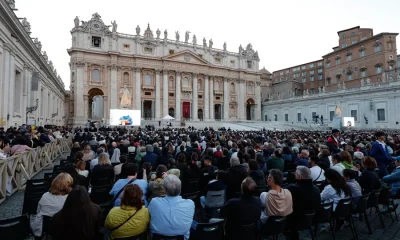
 International3 days ago
International3 days agoFrom the transfer of the coffin to the funeral, three days to say goodbye to Pope Francis
-

 International4 days ago
International4 days agoWithin Francis’ private wake: respect and prayer for the deceased pope
-

 International4 days ago
International4 days agoPope Francis: The Quiet Architect Behind the U.S.-Cuba Thaw
-
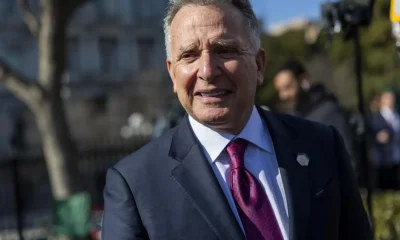
 International4 days ago
International4 days agoTrump’s emissary will visit Russia this week for consultations on the arrangement in Ukraine
-
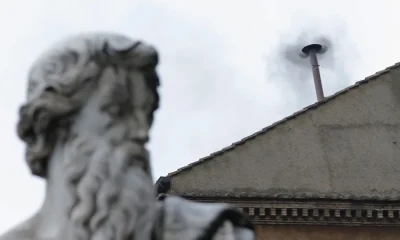
 International3 days ago
International3 days agoA very heterogeneous and divided conclave will elect the new pope
-
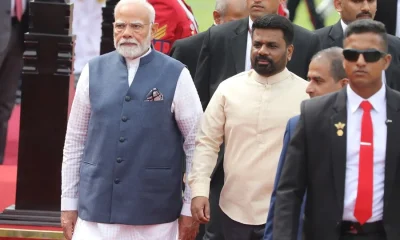
 International3 days ago
International3 days agoModi returns to India and shortens his visit to Saudi Arabia after a deadly attack in Kashmir
-
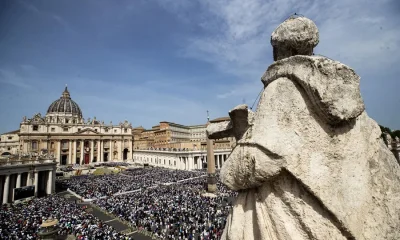
 International4 days ago
International4 days agoCardinal Becciu’s enigma: will he enter the conclave?
-

 International4 days ago
International4 days agoThe pope last called the Gaza parish on Saturday and asked about the children
-
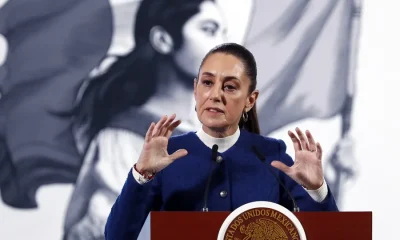
 International4 days ago
International4 days agoA candidate for the Supreme Court denounces an unequal dispute in the judicial election of Mexico
-
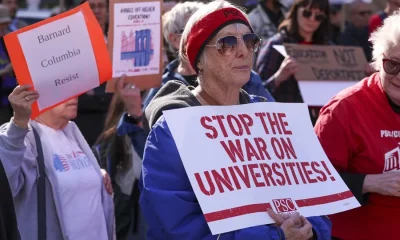
 International4 days ago
International4 days agoAmerican universities and colleges sign a letter against Trump’s policy
-
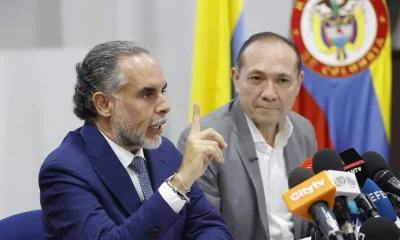
 International3 days ago
International3 days agoThe Government of Colombia presents twelve questions that it will propose in a popular consultation to promote its reforms
-
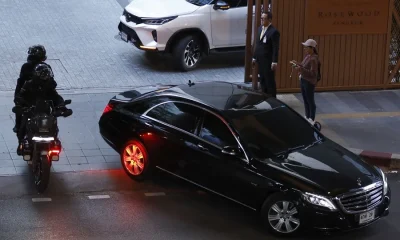
 International4 days ago
International4 days agoBurma’s military junta extends ceasefire until April 30 due to the earthquake
-

 International3 days ago
International3 days agoEl Salvador formalizes the proposal for the exchange of Venezuelan deportees, according to Bukele
-
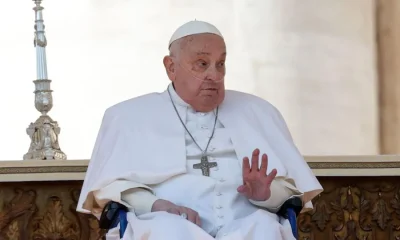
 International11 hours ago
International11 hours ago“A dignified life” for migrants, the plea in Panama in memory of Pope Francis
-
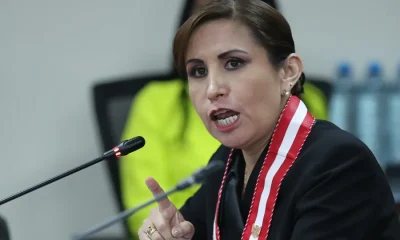
 International3 days ago
International3 days agoThe Peruvian Public Ministry denounces the former attorney general for an alleged corruption case
-
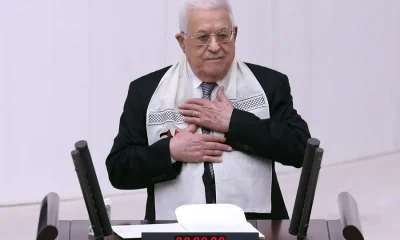
 International1 day ago
International1 day agoThe Arab League supports Hamas handing over control of Gaza and weapons to the Palestinian Authority
-
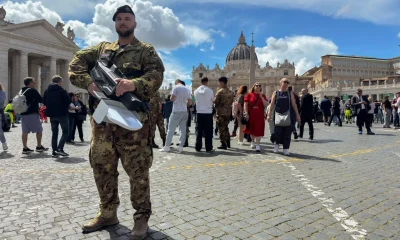
 International1 day ago
International1 day agoThe Pope’s funeral procession through the center of Rome worries the Italian authorities
-

 International3 days ago
International3 days agoMaradona’s house arrest is again a focus of tension in the trial for his death
-
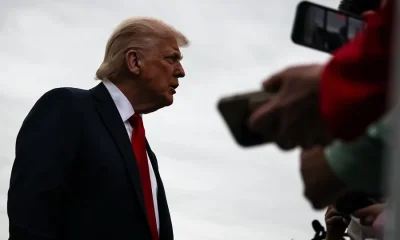
 International3 days ago
International3 days agoA judge orders the Trump Government to restore Voice of America services
-
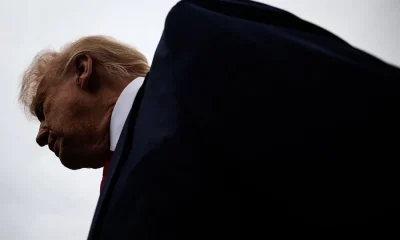
 International3 days ago
International3 days agoDonald Trump will visit Saudi Arabia, Qatar and the United Arab Emirates in mid-May
-
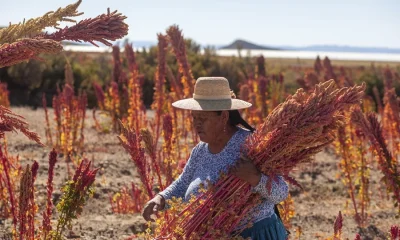
 International4 days ago
International4 days agoRoyal quinoa, the superfood that grows in front of the largest salt flat in the world in Bolivia
-
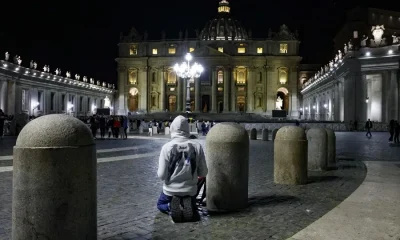
 International4 days ago
International4 days agoInternational leaders begin to confirm their presence at Pope Francis’ funeral
-
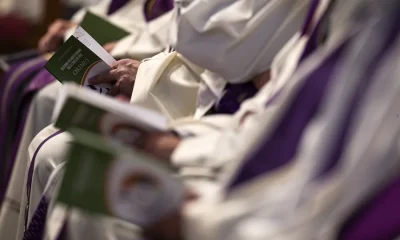
 International4 days ago
International4 days agoChurch charges ceased or resigned in the papacy of Francis for cases of pedophilia
-
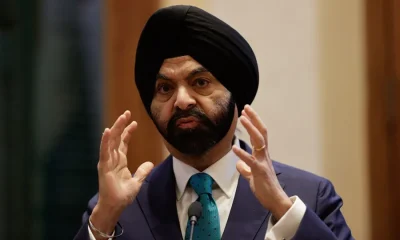
 International3 days ago
International3 days agoThe president of the World Bank underlines his intention to lift his veto on nuclear energy
-
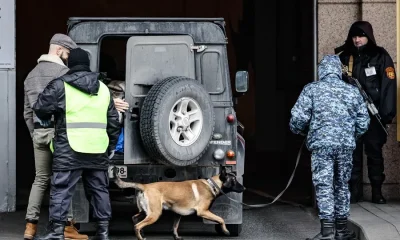
 International11 hours ago
International11 hours agoA Russian general dies in the explosion of a car bomb near Moscow
-
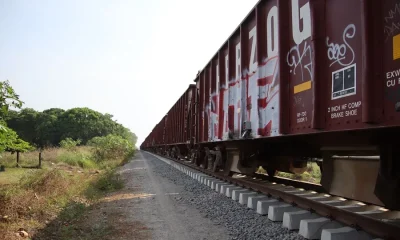
 International1 day ago
International1 day agoMigrants want to stay on Mexico’s southern border because of Sheinbaum’s industrial plan
-
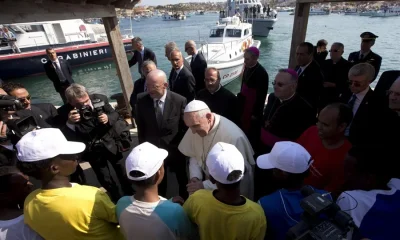
 International1 day ago
International1 day agoA group of the poor and a delegation of migrants will participate in the funeral and burial of the pope on Saturday
-
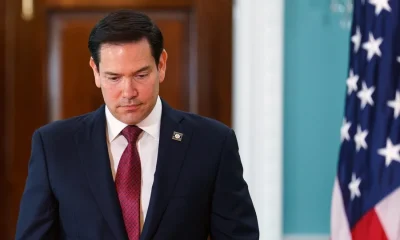
 International3 days ago
International3 days agoMarco Rubio reorganizes the State Department to eliminate offices and jobs
-
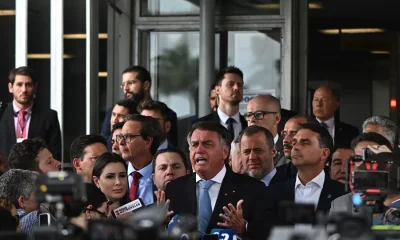
 International3 days ago
International3 days agoThe Brazilian Supreme Court opens trial against six others accused of leading the coup attempt
-

 International1 day ago
International1 day agoThe pope’s doctor reveals his last moments of life and that he wanted to “die at home”
-
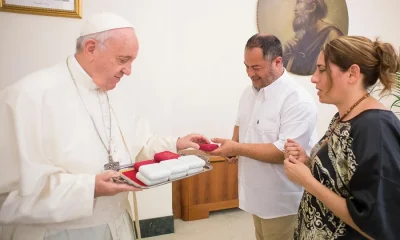
 International1 day ago
International1 day agoFrom email to marriage: the day Pope Francis married a Uruguayan couple
-
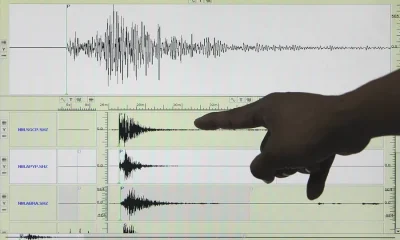
 International10 hours ago
International10 hours agoA magnitude 6 earthquake shakes the province of Esmeraldas in Ecuador, bordering Colombia
-
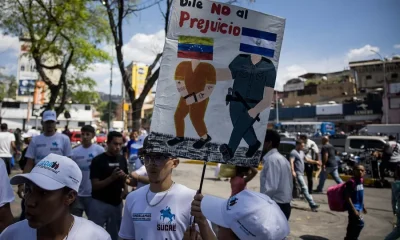
 International3 days ago
International3 days agoA judge in the United States stops the deportation to El Salvador of a hundred Venezuelans
-
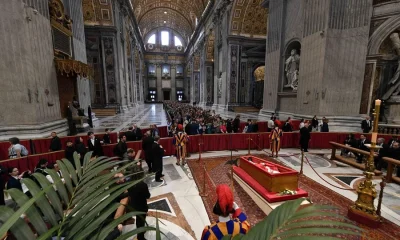
 International11 hours ago
International11 hours agoPope Francis’ funeral procession will be a six-kilometer journey through the heart of Rome
-
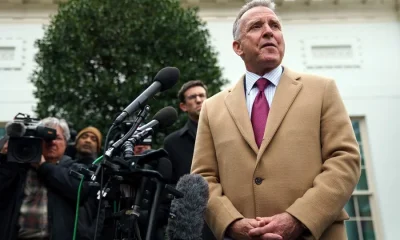
 International11 hours ago
International11 hours agoPutin and Witkoff address possible direct negotiations between Russia and Ukraine
















